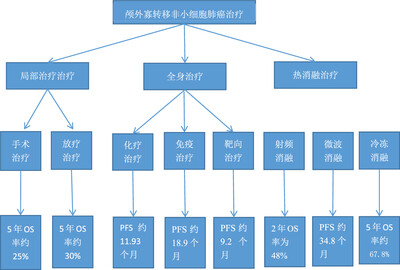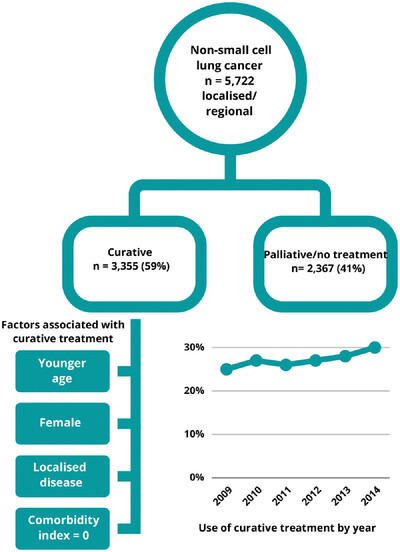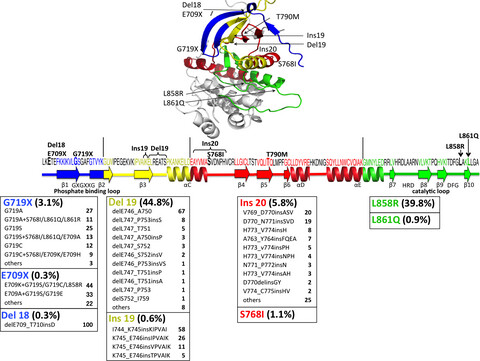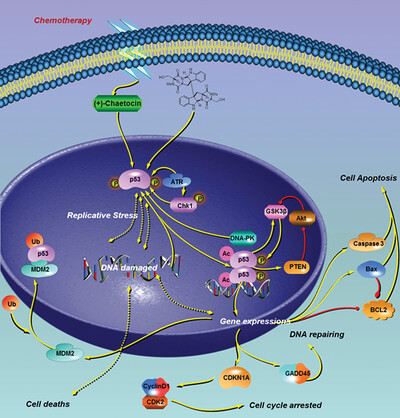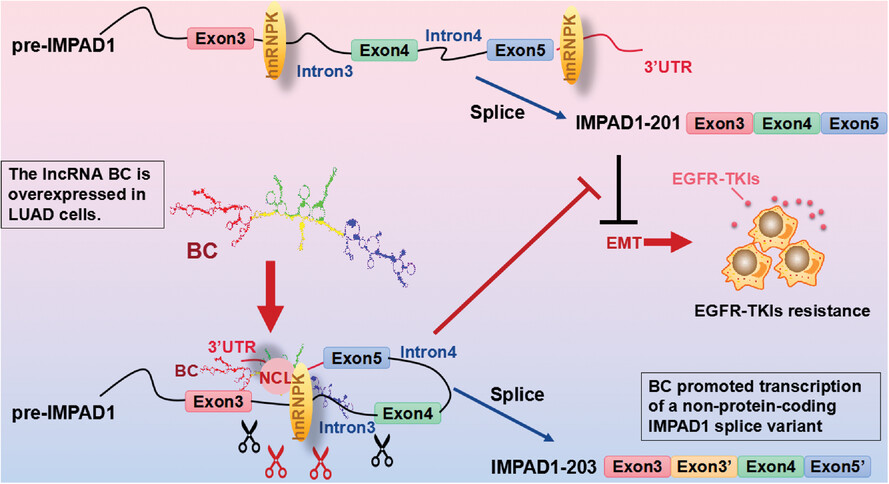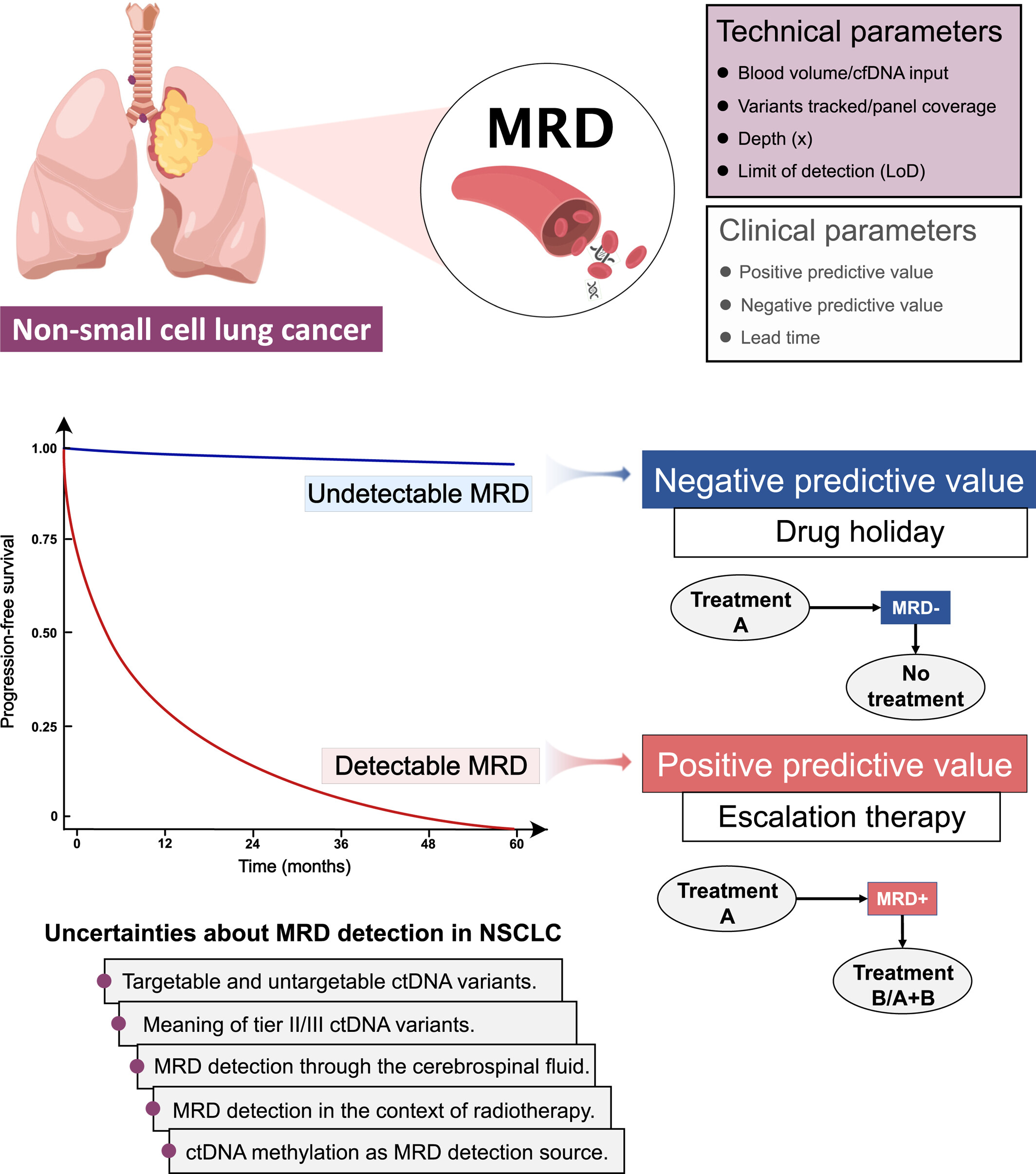Journal list menu
Export Citations
Download PDFs
ORIGINAL ARTICLE
Effectiveness and safety of Endostar combined with chemotherapy in treating advanced NSCLC patients with different ages
- First Published: 08 April 2023
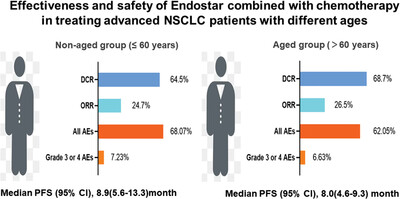
Lung cancer ranks as the leading cause of cancer death in 2020 worldwide. Approximately 85% of newly diagnosed lung cancers are non-small cell lung cancer (NSCLC). However, the benefit of Endostar used in treating patients with advanced NSCLC of different ages is still unclear in real-world clinical settings. This study aimed to assess the effectiveness and safety of Endostar combined with chemotherapy in the treatment of patients with NSCLC in different age groups (≤60 years vs.>60 years) in a real-world study and indicated the potential of the combination of Endostar and chemotherapy in treating older patients with NSCLC in real clinical settings.
REVIEWS
Local thermal ablative therapies for extracranial oligometastatic disease of non-small-cell lung cancer
- First Published: 22 May 2022
ORIGINAL ARTICLES
Patterns of curative treatment for non-small cell lung cancer in New South Wales, Australia
- First Published: 17 July 2022
ARTICLE
Acquiring tissue for advanced lung cancer diagnosis and comprehensive biomarker testing: A National Lung Cancer Roundtable best-practice guide
- First Published: 01 March 2023
REVIEWS
CASE REPORT
Activity and bioavailability of tepotinib for leptomeningeal metastasis of NSCLC with MET exon 14 skipping mutation
- First Published: 02 January 2021
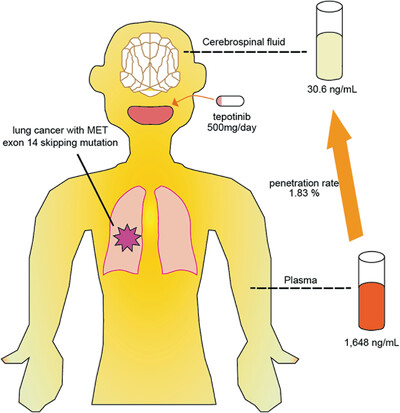
Tepotinib have high retention in the tumor and sustained inhibition of MET and its downstream pathways. Tepotinib is a key drug for cancer patients with MET exon 14 skipping mutation. However, its bioavailability in the CSF in humans has not been elucidated. The blood brain barrier protects the CNS from toxicity, but also prevents therapeutic drugs from accessing the brain. We report a case of leptomeningeal metastasis successfully treated with tepotinib in a patient with poor PS and on the bioavailability of tepotinib in the CSF in humans.
REVIEW ARTICLES
Not all epidermal growth factor receptor mutations in lung cancer are created equal: Perspectives for individualized treatment strategy
- First Published: 20 June 2016
ORIGINAL ARTICLES
EPIDEMIOLOGY AND PREVENTION
Charcoal cigarette filters and lung cancer risk in Aichi Prefecture, Japan
- First Published: 19 May 2005
REVIEWS
The earlier, the better? A review of neoadjuvant immunotherapy in resectable non-small-cell lung cancer
- First Published: 25 May 2022
RESEARCH ARTICLES
Marine toxin (+)-chaetocin-induced apoptosis of lung large cell carcinoma cell lines through cell cycle arrest via CDKN1A expression and replicative stress
- First Published: 06 May 2022
COMMENTARY
Chromium (VI) promotes lung cancer initiation by activating EGF/ALDH1A1 signalling
- First Published: 14 December 2022
RESEARCH ARTICLES
Lysophosphatidylcholine inhibits lung cancer cell proliferation by regulating fatty acid metabolism enzyme long-chain acyl-coenzyme A synthase 5
- First Published: 13 January 2023
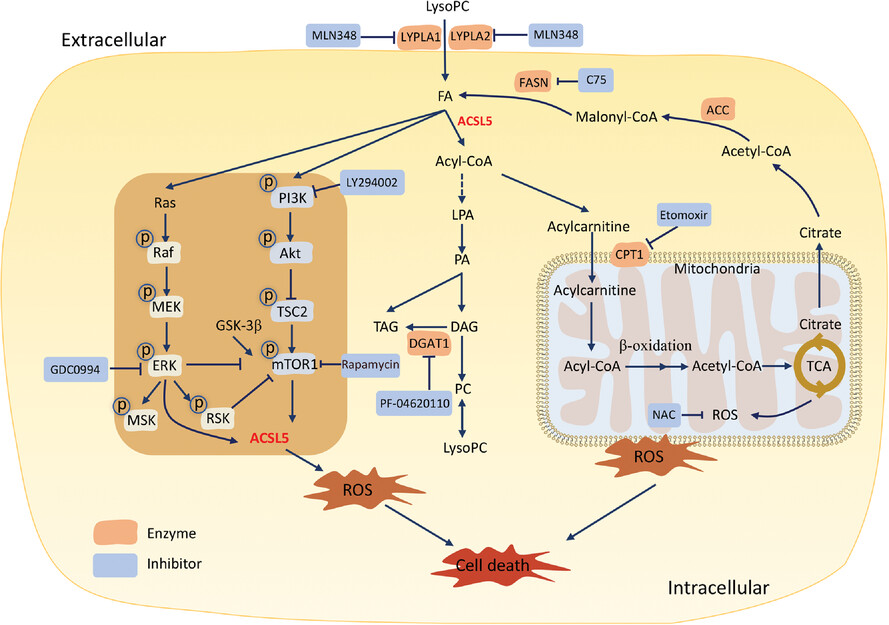
- LysoPC reprograms lipid metabolisms by increasing the accumulation of fatty acids and activating acyl-CoA-dominated metabolic mode under the control and regulation of ACSL5.
- LysoPC up-regulates the expression of ACSL5 and activates the ACSL5-oriented lipid metabolism by promoting the phosphorylation of PI3K/mTOR and Ras/ERK signal pathways.
- LysoPC inhibited lung cancer cell proliferation by promoting ACSL5, leading to the disorder of FA degradation.
LncRNA BC promotes lung adenocarcinoma progression by modulating IMPAD1 alternative splicing
- First Published: 17 January 2023
Original Articles
Clinical validation of a semi-automated segmentation algorithm for target volume definition on planning CT and CBCT in stereotactic body radiotherapy (SBRT) for peripheral lung lesions
- First Published: 24 November 2022
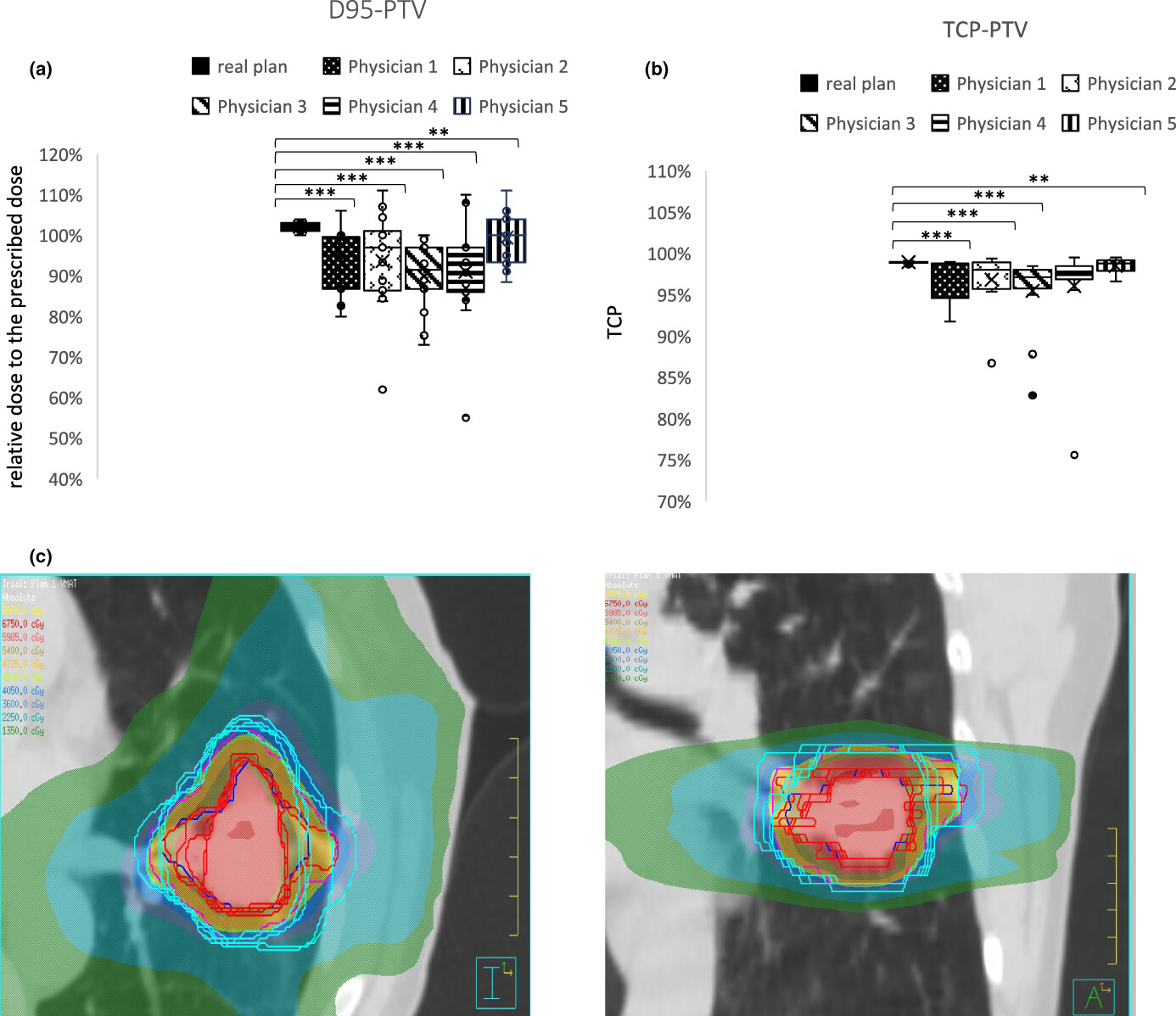
The Interobserver variability for target volume delineation in the SBRT of pulmonary lesions - could have major negative dosimetric consequences, which could threaten the tumour control probability. In this study, we introduce an easy-use semi-automated delineation tool for peripheral lung lesions in free breathing (FB) and four-dimensional (4D) planning CT and cone beam CT (CBCT). The Dice similarity coefficient (DSC) showed the reliability of the tool alone or better in a supervised application. The semi-automated delineation tool can accurately track the interfraction and intrafraction changes or deformations of tumours through the therapy in CBCT, opening the door for its use in adaptive planning.
Volumetric modulated arc therapy (VMAT) comparison to 3D-conformal technique in lung stereotactic ablative radiotherapy (SABR)
- First Published: 24 November 2022
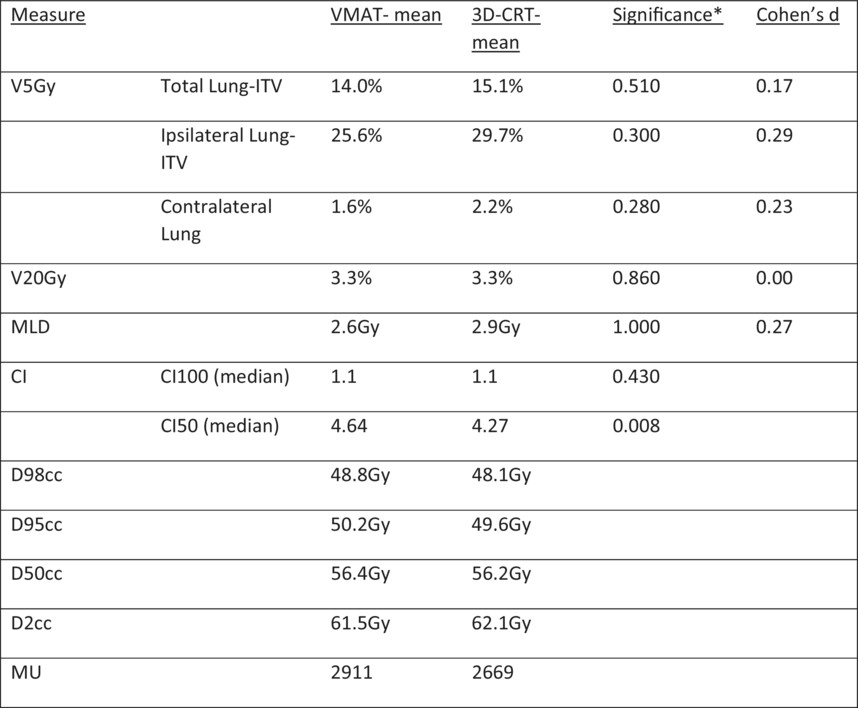
This paper evaluates the dosimetry of volumetric arc therapy in comparison to 3D-Conformal technique in delivery of lung stereotactic ablative radiotherapy. No significant dosimetric differences were found between the two techniqiues that could potentially lead to an increased risk of radiation pneumonitis.
ORIGINAL ARTICLES
Glutathione peroxidase 8 expression on cancer cells and cancer-associated fibroblasts facilitates lung cancer metastasis
- First Published: 10 August 2022
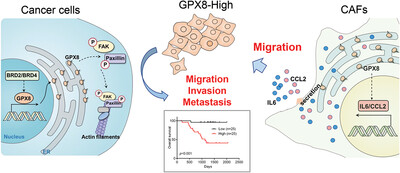
GPX8 is highly expressed both in lung cancer cells and CAFs, which is a potentially therapeutic target in lung cancer. Knockdown of GPX8 obviously inhibited lung cancer metastasis through the modulation of focal adhesion pathway and GPX8-mediated IL6 and CCL2 production of CAF may play crucial role for lung cancer metastasis. BET proteins is involved in transcriptional regulation of GPX8 and BET inhibitor is a potential strategy against GPX8-mediated lung cancer metastasis.
Targeted therapy for cisplatin-resistant lung cancer via aptamer-guided nano-zinc carriers containing USP14 siRNA
- First Published: 06 April 2023
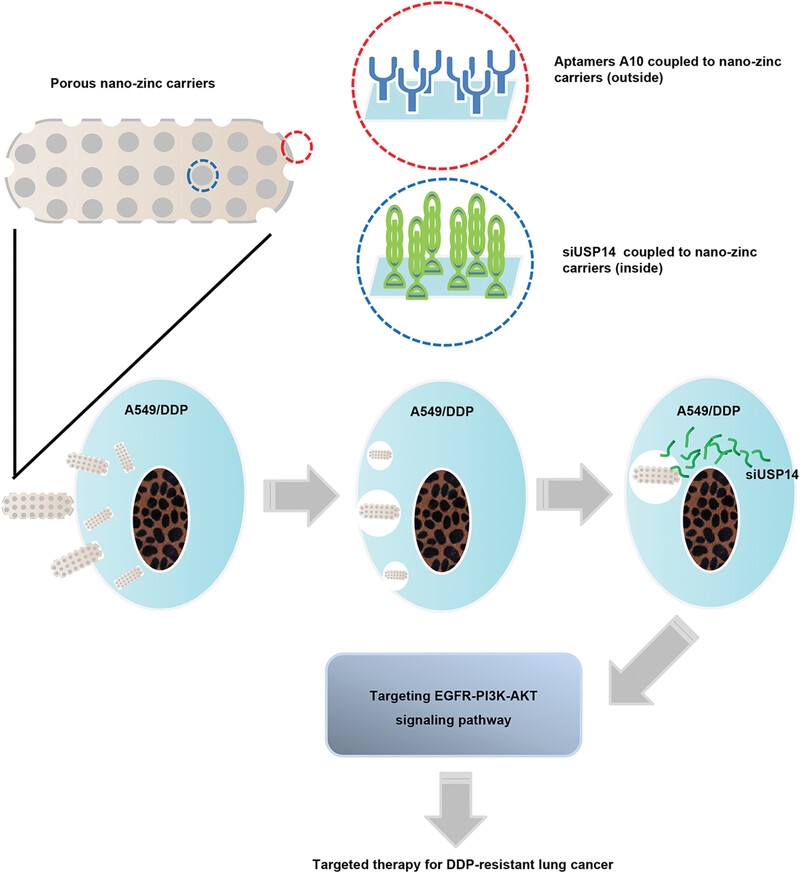
The ligands are combined with nano-zinc hydroxide carriers to guide aptamer and siUSP14 to specifically bind to the surface of DDP-resistant A549/DDP cells. After internalization of the paired aptamer and carriers, intracellular pH changes cause the active release of the siUSP14, followed by inactivation of epidermal growth factor receptor (EGFR)/PI3K/protein kinase B (AKT) signaling pathway, resulting in decreased DDP resistance in A549/DDP cells.
REVIEW ARTICLES
Recent advances of Transformers in medical image analysis: A comprehensive review
- First Published: 24 March 2023
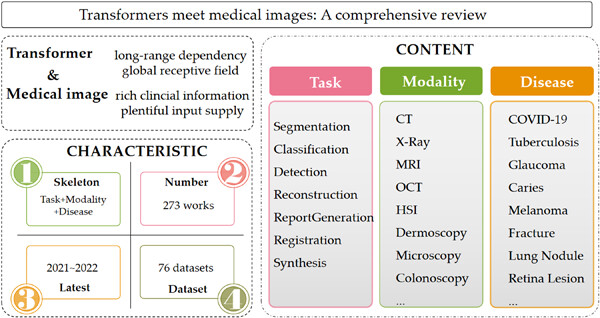
With the development of medical image analysis, many successful cases have shown the clinical potential of Transformer. Thus, this paper collected 273 latest (2021–2022) works that based their frameworks on Transformer. To facilitate the readers, 76 public medical image datasets have also been listed. Considering the diversity of these 273 works, we organize this paper as the following sequences: task-modality-disease.
ORIGINAL ARTICLES
Overexpression of DAPK1 and Beclin1 under oxygen and glucose deprivation conditions promotes excessive autophagy and apoptosis in A549 cells
- First Published: 26 April 2023
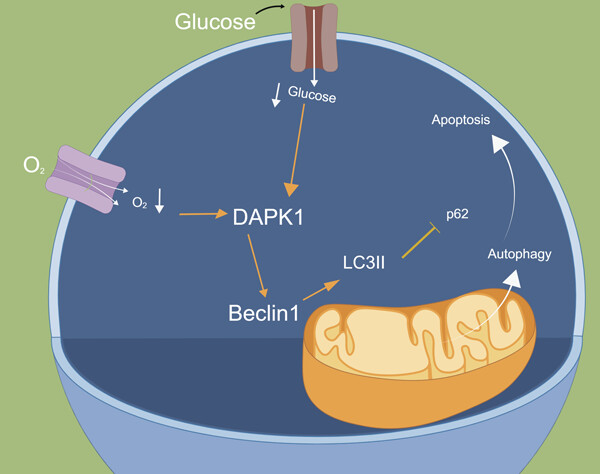
Overexpression of death-associated protein kinase 1 (DAPK1) under oxygen and glucose deprivation (OGD) promoted A549 cell apoptosis and autophagy. Moreover, knockdown of Beclin1 inhibited autophagy. While overexpression of Beclin1 promoted A549 cell apoptosis. Collectively, overexpression of DAPK1 and upregulation of Beclin1 under OGD promoted excessive autophagy and aggravated apoptosis in A549 cells.
REVIEW
Molecular residual disease: A new clue for individualized approach in non-small cell lung cancer
- First Published: 21 March 2023




